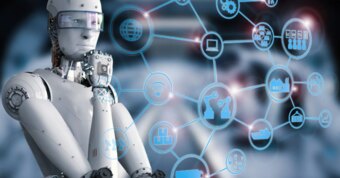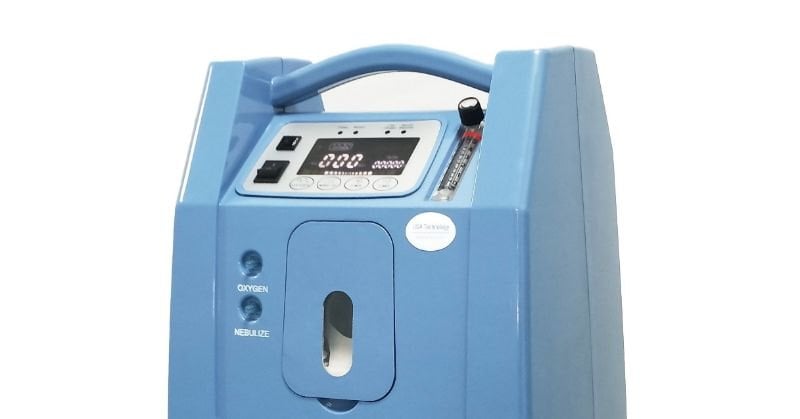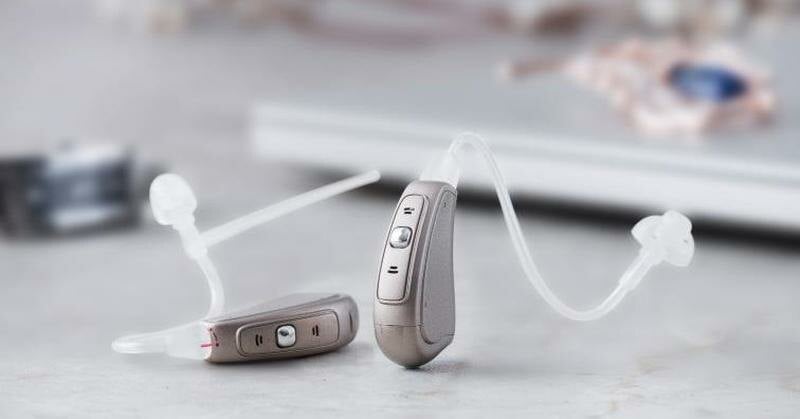The healthcare industry has continually embraced technological advancements, from the stethoscope to MRI machines, each enhancing patient care and outcomes. Today, artificial intelligence (AI) is leading a new revolution, transforming healthcare in unprecedented ways. This article explores the evolution from traditional tools to cutting-edge AI solutions and their impact on healthcare.

Early Innovations: Tools and Machines
The Stethoscope and Its Impact
Invented in 1816 by René Laennec, the stethoscope revolutionized the ability of physicians to diagnose and monitor patients. This simple tool allowed for the non-invasive listening to internal sounds of the body, providing critical information about heart and lung function.
Imaging Technologies: X-Rays to MRIs
The development of X-ray technology in 1895 by Wilhelm Conrad Roentgen marked the beginning of medical imaging. This was followed by the invention of computed tomography (CT) and magnetic resonance imaging (MRI) in the mid-20th century. These advancements allowed for detailed visualization of the internal structures of the body, greatly enhancing diagnostic capabilities.
The Rise of Surgical Instruments
Advancements in surgical tools, from scalpels to laparoscopic instruments, have made surgeries less invasive and more precise. These tools have reduced recovery times and improved surgical outcomes, paving the way for more complex and successful procedures.
The Advent of Digital Health
Electronic Health Records (EHRs)
The transition from paper to electronic health records (EHRs) has been a significant milestone. EHRs have improved the accessibility and organization of patient data, enabling better coordination of care and reducing medical errors.
Telemedicine
Telemedicine has expanded access to healthcare, especially for patients in remote or underserved areas. By leveraging digital communication technologies, patients can consult with healthcare providers without the need for physical visits, improving convenience and efficiency.
The AI Revolution in Healthcare
AI in Diagnostics
AI algorithms are now capable of analyzing medical images with remarkable accuracy. For instance, AI can detect anomalies in X-rays, MRIs, and CT scans faster and often more accurately than human radiologists. This capability enhances early diagnosis and treatment, particularly in conditions like cancer where early detection is crucial.
Personalized Medicine
AI-driven data analysis enables personalized medicine by analyzing a patient's genetic information, lifestyle, and environmental factors. This approach allows for tailored treatment plans that are more effective and have fewer side effects compared to traditional one-size-fits-all treatments.
The Future of AI in Healthcare
The future of healthcare lies in the continued integration of AI solutions. Innovations such as AI-powered wearable devices for continuous health monitoring, advanced predictive analytics for population health management, and AI-driven drug discovery are just the beginning. As AI technology evolves, its potential to revolutionize healthcare and improve patient outcomes is boundless.
Conclusion
From the early days of simple tools and machines to the sophisticated AI solutions of today, the evolution of healthcare technology has been remarkable. AI stands at the forefront of this revolution, offering unprecedented capabilities in diagnostics, personalized medicine, predictive analytics, and surgical precision. As we navigate the challenges and ethical considerations, the future of healthcare promises to be more efficient, effective, and patient-centered than ever before.




